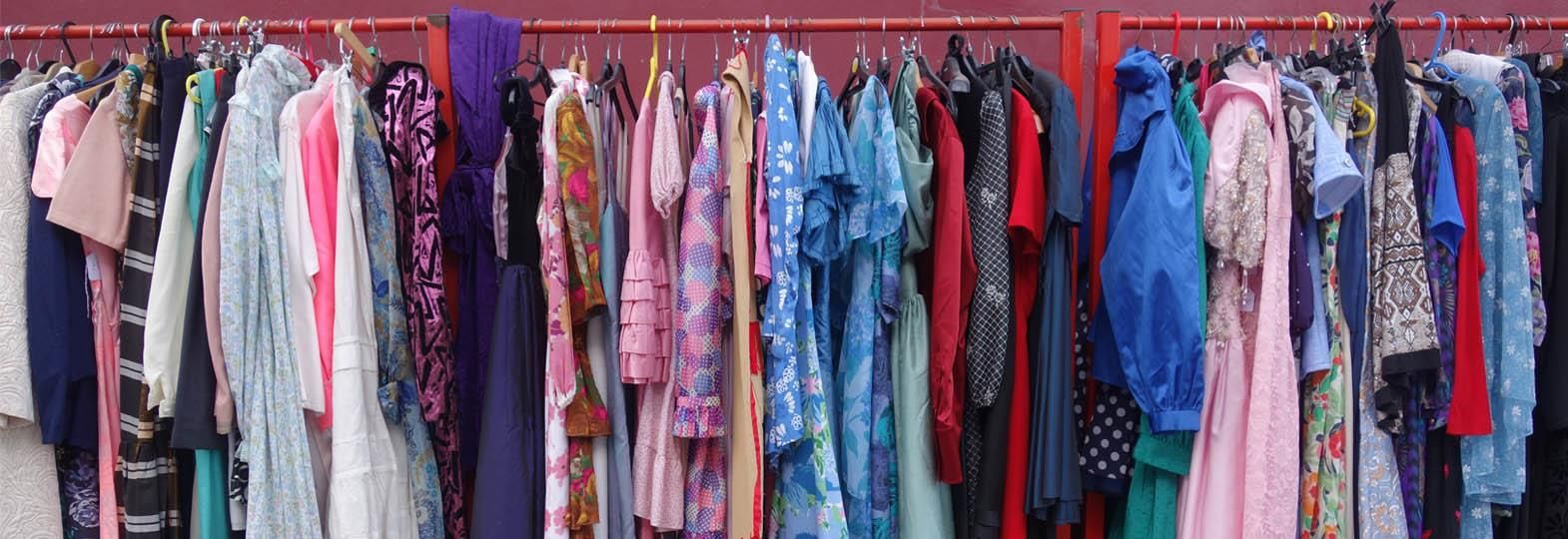Customers are getting more thoughtful about their clothing and accessories purchases these days. As a step towards sustainability, thrifting is the practice of purchasing gently used products in good condition and at a discount. A few secondhand shops in India, like Kiabza, Curated Findings, Amalfi, Copper Boom Vintage, Re-Store, and Bombay Closet Cleanse, do colossal business out of this sustainable approach. Considering contemporary consumption, Gen Z is the thrift business’s primary target, and many resell used high-fashion products online to make a profit. Is this just a trend? Is it here to stay?
The swap approach is also used by online secondhand stores in India like Bombay Closet Cleanse. Customers can choose between an upfront lumpsum payment in currencies or a swap model for reselling. People can either convert credit that has a six-month validity for in-person or online purchases while exchanging to shop for the resale amount at a store. Swapping is encouraged and compensated at twice the rate of resale. For example, a women’s top will have a fixed swap value of ₹200 if it is priced upfront at ₹100 and paid in cash. This concept encourages shoppers at thrift stores who care about the environment. Such sustainable actions will eventually result in sustainable development.
In order to assuage customer concerns about cleanliness, thrift stores wash clothing and perform any required repairs to restore the product’s condition. Another reason to patronise thrift stores is the fact that non-profit organisations and charity institutions are increasingly serving as the destination for large numbers of fast fashion things that can no longer be sold. According to the Ellen Macarthur Foundation, at this rate, there would be more than 150 million tons of clothing waste in landfills by 2050.
Collaborative consumption (Marcus Felson and Joe L. Spaeth, 1978) has grown in popularity as a result of its ability to reduce consumption costs and preserve the environment. Information technology, particularly Web 2.0, mobile technology, and social media, has given it a new life. It is increasingly trendy to purchase used clothing at a discount, especially designer clothing, high-street labels, and vintage items. Consumers see worn clothing as a way to express one’s sense of style on a budget while realising that used apparel need not permanently lose its qualities.
According to research by Park 2020, elements that are both self- and others-oriented are among the main criteria that motivate people to shop at thrift stores. This suggests that there are various motivations for people to thrift shop. To put thrift store shopping behaviour in context, Shirvanimoghaddam 2020 examines the fashion business and textile waste. According to these studies, each individual’s choice and quantity of secondhand apparel from the fashion business differ. While some individuals shop at thrift stores to save money, others do so to support the environment.
Eight businesswomen from the fashion industry who participated in a separate focus group study agreed that Gen-Z is the main market for thrifting and other forms of collaborative consumption, including renting, exchanging, recycling, and upcycling. Influences from social media and technology were cited as the main causes of the shift in perspective. By internet campaigns and swapping and thrifting activities held in local communities, more awareness may be raised about such sustainable initiatives. This will alert consumers to the problems caused by excessive consumption and production, and thus direct their consumption habits towards sustainability.
The more people spread the word among their family and friends to thrift and swap, the easier it will be to close the loop, and if achieved, it would not be anything less than a fashion revolution.









Comments